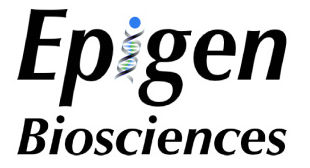Background::NASH causes a tremendous health care burden in the United States. A glucagon-like peptide-1 agonist, semaglutide (Sema), treatment resulted in hepatic steatosis reduction in clinical trials of NASH. Lysophosphatidic acid receptor 1 antagonists are known to have antifibrotic effects in several organs. We tested Sema and a novel lysophosphatidic acid receptor 1 antagonist, EPGN2154, individually and in combination to evaluate their efficacy for NASH remission in preclinical models.
Methods::In the present study, we used (1) C57Bl6/J wild-type mice fed on a high-fat, high-carbohydrate (HFHC) diet for 16 weeks and (2) leptin-deficient mice (ob/ob) fed on an Amylin liver NASH diet for 16 weeks. After 16 weeks, the mice were randomly distributed in equal numbers in (1) no-drug, (2) EPGN2154, (3) Sema, and (4) EPGN2154+Sema treatment groups for 8 additional weeks at a dosage of 10 mg/kg body weight for EPGN2154 (oral gavage, 5 days a week) and 6.17 μg/kg body weight of Sema (subcutaneous injection every alternate day, 3 days a week).
Results::In the wild-type-high-fat, high-carbohydrate model, we observed the most body weight loss in the EPGN2154+Sema combination group compared to the other treatment groups. All groups led to a significant reduction in alanine transaminase levels when compared to high-fat, high-carbohydrate–fed wild type. However, no significant difference in alanine transaminase levels was observed among the treatment groups. In the ob/ob mice study, Sema did not cause body weight loss. Moreover, the EPGN2154 and the combination groups had a lower NAFLD Activity Score and incidence of advanced-stage hepatic fibrosis than the Sema group.
Conclusions::EPGN2154 demonstrated a hepato-protective effect independent of body weight loss in preclinical NASH models.






